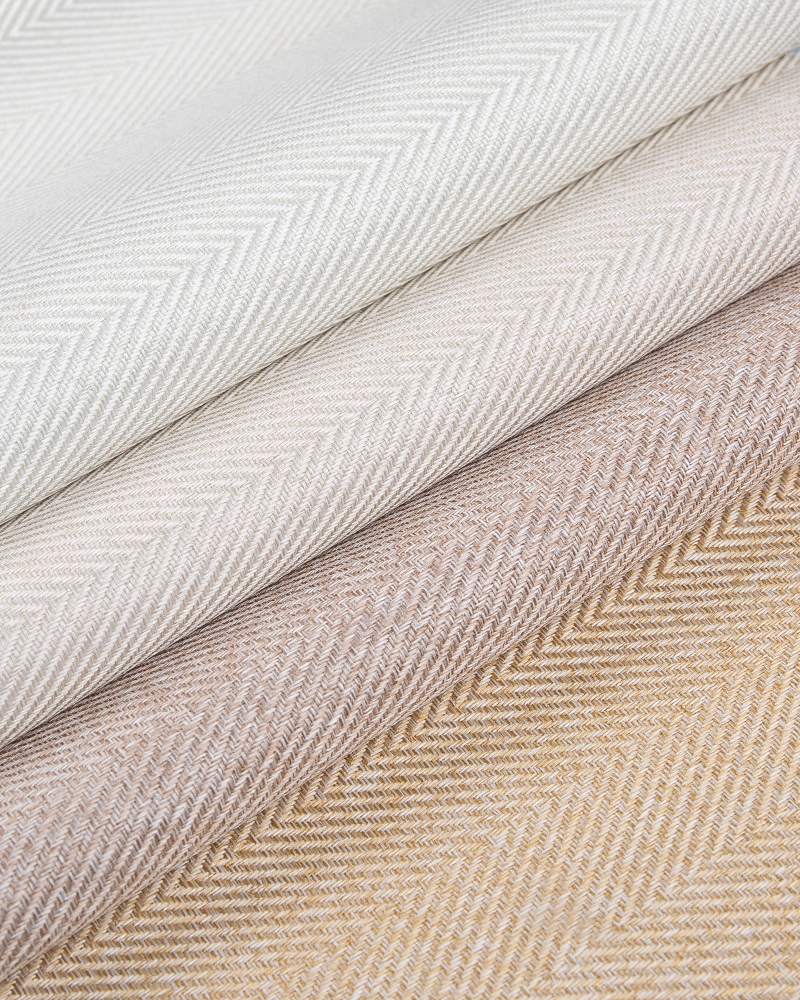
Durability and Maintenance of Regular Blackout Curtain Fabric: Managing Fading
Regular blackout curtain fabrics are designed to provide effective light-blocking capabilities while being durable enough for everyday use. The primary materials used in blackout curtains include polyester, cotton, and blended fabrics, each offering different levels of durability and maintenance requirements.
Known for its durability, polyester is resistant to wrinkles, fading, and wear. It is often the preferred choice for blackout curtains due to its robust nature and ability to retain color over time.While cotton provides a softer feel and natural look, it is less resistant to fading compared to polyester. Cotton curtains may also require more frequent maintenance to keep their appearance intact.These combine the benefits of various materials, offering improved durability and resistance to fading compared to pure cotton.
Blackout curtains are designed to withstand regular use, but their longevity can be affected by factors such as the quality of the fabric and the frequency of exposure to sunlight. High-quality fabrics generally offer better resistance to fraying, tearing, and fading.
Fading is a common issue with blackout curtains due to prolonged exposure to sunlight. Here’s how to manage and minimize fading:
Adding a lining to your blackout curtains can help protect them from direct sunlight. Linings act as a barrier, reducing the amount of UV light that reaches the fabric. Choose linings that offer additional UV protection for enhanced durability.Thermal linings not only help with insulation but also provide an extra layer of protection against UV rays, which can contribute to fading.
To ensure even wear and prevent specific areas from fading more quickly, consider rotating the curtains occasionally. This practice helps distribute the sunlight exposure more evenly across the fabric.
Some blackout curtains come with built-in UV-blocking treatments that enhance their resistance to fading. If your curtains lack such treatments, you might look for fabric sprays or coatings designed to add UV protection.

Installing sheer curtains or blinds behind your blackout curtains can help diffuse sunlight and reduce its direct impact on the blackout fabric.Applying UV-blocking window films to your windows can also help reduce the amount of UV light that reaches your curtains.
Follow the manufacturer’s cleaning instructions to avoid exacerbating fading. Use gentle cleaning methods and avoid harsh detergents or bleach, which can damage the fabric and accelerate fading. Regular cleaning helps maintain the fabric's appearance and performance.
When possible, use curtains or shades to block direct sunlight during peak hours. This can help reduce the intensity of UV exposure and mitigate fading. Consider closing the curtains when the sun is at its strongest.
Address stains or spills promptly with spot cleaning to prevent them from causing further damage. Use mild detergents and avoid aggressive scrubbing.If your blackout curtains need ironing, use a low heat setting and place a cloth between the iron and the fabric to prevent damage. Follow the care label to ensure proper handling.
While regular blackout curtain fabrics are generally durable, managing fading involves a combination of protective measures and proper maintenance. By using linings, rotating curtains, applying UV treatments, and managing sunlight exposure, you can extend the lifespan of your blackout curtains and maintain their appearance. Regular care and attention to cleaning and sun management will help keep your curtains looking fresh and effective over time.